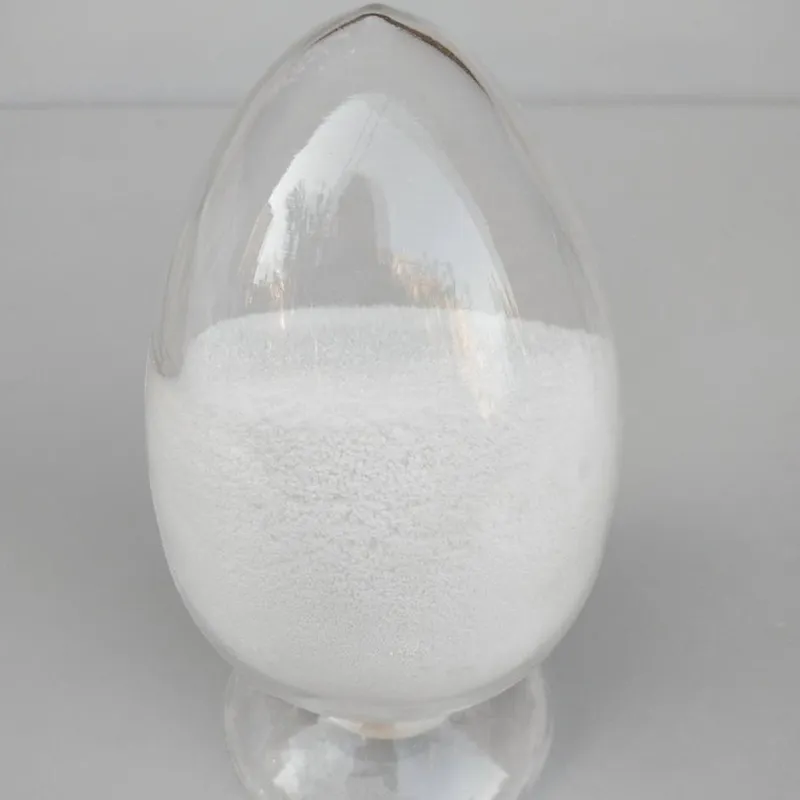
Exploring the Relationship Between Phosphoric Acid Concentration and Its pH Value in Solutions
Understanding Phosphoric Acid and Its pH Importance
Phosphoric acid, a colorless, odorless, and viscous liquid, is a vital inorganic chemical with the formula H₃PO₄. Commonly used in various industries from food and beverages to pharmaceuticals and agriculture, its significance cannot be overstated. One of the critical aspects of phosphoric acid is its pH, which can influence its behavior in different applications.
The pH Scale
To understand the relevance of phosphoric acid's pH, one must first grasp the pH scale. The pH scale ranges from 0 to 14, measuring how acidic or basic a solution is. A pH value below 7 indicates acidity, 7 is neutral, and above 7 shows alkalinity. Phosphoric acid is categorized as a triprotic acid, meaning it can donate three protons (H⁺ ions) to a solution, leading to varying pH levels depending on its concentration and the presence of other substances.
pH of Phosphoric Acid Solutions
In its pure form, phosphoric acid is a strong acid with a pH value less than 1. However, when diluted in water, its pH can increase significantly. This characteristic is particularly important in food and beverage industries, where phosphoric acid is often used as a flavoring agent and acidulant. For example, in soft drinks, phosphoric acid not only contributes to taste but also acts as a preservative. The pH of these beverages is typically between 2 to 4, creating an environment that inhibits the growth of harmful bacteria without compromising flavor.
Applications in Agriculture
phosphoric acid ph

Phosphoric acid plays a crucial role in agriculture, particularly in the production of fertilizers. Phosphate fertilizers derived from phosphoric acid are essential for plant growth. The pH of soil affects nutrient availability for instance, most nutrients are readily available in slightly acidic soils (pH 6 to 7). Thus, managing the pH through the application of phosphoric acid can optimize plant growth and yield. Proper pH levels ensure that essential nutrients like nitrogen, potassium, and magnesium are accessible to plants, facilitating better growth and productivity.
Role in Pharmaceuticals
In the pharmaceutical industry, the pH of a solution has profound effects on drug solubility and stability. Phosphoric acid is often used in the formulation of oral rehydration solutions and antacids. When creating these solutions, maintaining an appropriate pH is crucial to ensure the safety and efficacy of the medication. For instance, pharmaceutical formulations may require a specific pH range to enhance the stability of active ingredients, thereby ensuring that patients receive a consistent and effective dosage.
Environmental Considerations
While phosphoric acid is beneficial in many applications, managing its pH levels is critical for environmental sustainability. Excessive use of phosphoric acid can lead to soil and water acidification, negatively impacting ecosystems. It is essential to monitor and adjust pH levels when using phosphoric acid in agricultural practices to prevent nutrient runoff that harms aquatic life and disrupts local ecosystems.
Conclusion
In summary, phosphoric acid is a versatile chemical with significant applications across various industries. Its pH plays an essential role in determining its suitability for different applications, from enhancing flavors in food and beverages to ensuring effective nutrient availability in agriculture. Understanding and managing the pH of phosphoric acid solutions are crucial for optimizing their benefits while minimizing environmental impacts. As we continue to harness the potential of phosphoric acid, it remains vital to focus on sustainable practices that consider both human and ecological health.
-
Industrial Chemicals: Quality & Purity for Every IndustryNewsAug.28,2025
-
Nitrile Rubber Honoring Strict Production StandardsNewsAug.22,2025
-
Aspartame Ingredients Honoring Food Safety ValuesNewsAug.22,2025
-
Fertilizer for Balanced Plant NutritionNewsAug.22,2025
-
Cyanide Gold Processing with High Purity AdditivesNewsAug.22,2025
-
Formic Acid in Textile Dyeing ApplicationsNewsAug.22,2025
-
Aluminum Hydroxide Gel in Skincare ProductsNewsAug.22,2025
Hebei Tenger Chemical Technology Co., Ltd. focuses on the chemical industry and is committed to the export service of chemical raw materials.
-

view more DiethanolisopropanolamineIn the ever-growing field of chemical solutions, diethanolisopropanolamine (DEIPA) stands out as a versatile and important compound. Due to its unique chemical structure and properties, DEIPA is of interest to various industries including construction, personal care, and agriculture. -

view more TriisopropanolamineTriisopropanolamine (TIPA) alkanol amine substance, is a kind of alcohol amine compound with amino and alcohol hydroxyl, and because of its molecules contains both amino and hydroxyl. -

view more Tetramethyl Thiuram DisulfideTetramethyl thiuram disulfide, also known as TMTD, is a white to light-yellow powder with a distinct sulfur-like odor. It is soluble in organic solvents such as benzene, acetone, and ethyl acetate, making it highly versatile for use in different formulations. TMTD is known for its excellent vulcanization acceleration properties, which makes it a key ingredient in the production of rubber products. Additionally, it acts as an effective fungicide and bactericide, making it valuable in agricultural applications. Its high purity and stability ensure consistent performance, making it a preferred choice for manufacturers across various industries.





